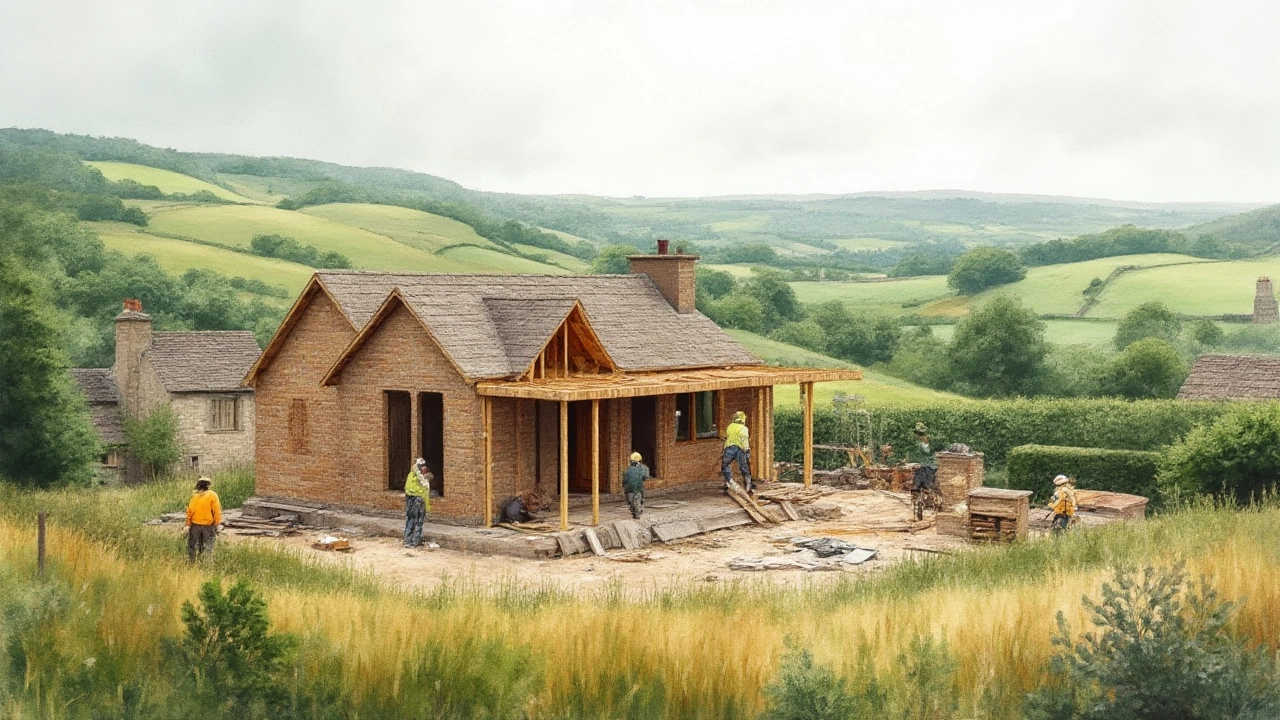Affordable Home Building: How to Keep Costs Low and Quality High
Thinking about building your own home but worried about the price tag? You’re not alone. Many people assume a new house always costs a fortune, but with the right plan you can keep expenses down without sacrificing comfort.
First, set a clear budget. Write down every cost you expect – land, permits, foundations, materials, labour, and a little extra for surprises. Once you know your limit, you can make smarter choices at each step.
Pick the Right Plot and Design Early
Location matters, but you don’t need a prime city lot. Look for land on the outskirts of a town or in a rural area where prices are lower. Check the zoning rules before you buy; if the site needs a lot of grading or drainage work, you’ll add hidden costs.
When it comes to the house plan, keep the footprint simple. A rectangular shape uses less material and reduces waste. Avoid complicated roof lines or extra wings – they raise both material and labour costs. Even a modest two‑bedroom layout can feel spacious if you use an open‑plan living area.
Save on Materials Without Cutting Quality
Materials are the biggest expense. Look for locally sourced timber, recycled bricks, or pre‑finished wall panels that cut on‑site work. Many suppliers offer bulk discounts when you order a full house’s worth of bricks or insulation.
Consider alternatives like prefabricated panels or modular construction. These methods build sections in a factory, then assemble them on site. They often cost less because factories control waste and speed up the build.
Don’t forget insulation – a well‑insulated home saves on heating bills for years. Materials like mineral wool or blown‑in cellulose are affordable and perform well.
Labour Tricks to Reduce the Bill
Hiring a full‑time contractor can be pricey. One approach is to manage the project yourself and only hire specialists for critical tasks, such as the foundation, electrical, and plumbing. This “owner‑builder” route lets you coordinate trades and avoid the contractor’s markup.
If you have DIY skills, take on tasks like painting, tiling, or landscaping. Even a few weekend projects can shave a few thousand pounds off the total.
Another tip: schedule work in off‑season months. Builders often lower rates in winter when demand is low, so you might get a better price for the same quality.
Smart Finishing Moves
Finish choices can balloon a budget quickly. Instead of marble countertops, look at engineered stone or high‑grade laminate – they look good and last long. For flooring, consider engineered wood or quality laminate rather than solid hardwood.
Use neutral colours for walls and finishes. Not only does this keep costs down, but it also makes it easy to change the décor later without repainting every room.
Finally, plan for future upgrades. Install the plumbing and wiring routes now so you can add extra bathrooms or a solar system later without tearing walls.
Building an affordable home is all about smart decisions at each stage. By setting a realistic budget, choosing simple designs, sourcing cost‑effective materials, handling some work yourself, and picking sensible finishes, you can create a comfortable house that doesn’t drain your savings. Start with these steps and watch your dream home become a reality without the nightmare price tag.
Least Expensive House Styles to Build: Budget-Friendly Home Ideas
Discover the most affordable styles of houses to build, what makes them budget-friendly, and tips to save more during construction. Practical advice and data for cost-conscious builders.
